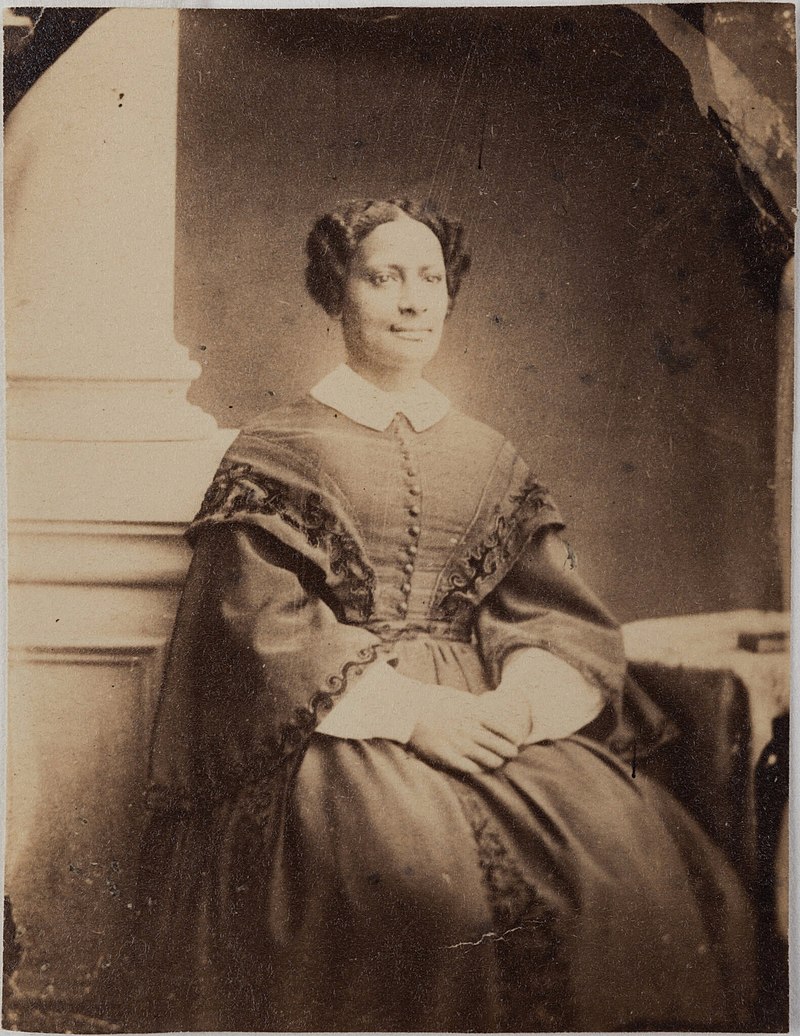Produced by Serena, Education Administration Apprentice in the School of Oncology
Today is the last day that I will be composing these blog posts. However, Black (British) history is not over because October has come to an end.
I would like to introduce you to Sarah Parker Redmond, born in Massachusetts in 1826 as a free woman. Redmond is a woman of many talents; activist, lecturer, abolitionist and physician.
She was avidly vocal around the atrocities of slavery and toured the world with the American Anti-Slavery Society, eventually coming to Britain. Arriving in Liverpool on January 12th 1859, she eloquently delivered over 45 speeches across England, Ireland and Scotland. These lectures covered the misogynoir (racism and sexism) that Black women faced under slavery which was rarely ever talked about.
Following Liverpool, Sarah made it to Manchester. Her lecture was recorded by the Manchester Times, here is a quote:
“For the slave there is no home, no hope, no help; When I walk through the streets of Manchester and meet load after load of cotton, I think of those 80,000 cotton plantations on which was grown the $125m worth of cotton which supply your market, and I remember that not one cent of that money ever reached the hands of the labourers.”
Sarah seriously left her mark with that speech. In 1862, cotton workers refused to touch raw cotton that was picked by unpaid labourers in the American South.

Redmond continued on in Britain, she joined the London Emancipation Committee, studied at the London University College and graduated as a nurse. In 1867, she moved to Florence and became a doctor, practicing for more than 20 years. Sarah is an incredible character and there is much we can learn from her and her experiences.
I chose to have a piece on Sarah because it makes one think about the city that we reside in. Manchester was an economic superpower due to slavery and the cotton industry, hence why it was also known as ‘Cottonopolis’. When you are next in the city centre and look at the grand buildings, think about where the money came from to erect these symbols of power and status.
Further reading:
Black, brilliant and Manc – the groundbreaking pioneers who helped shape our city